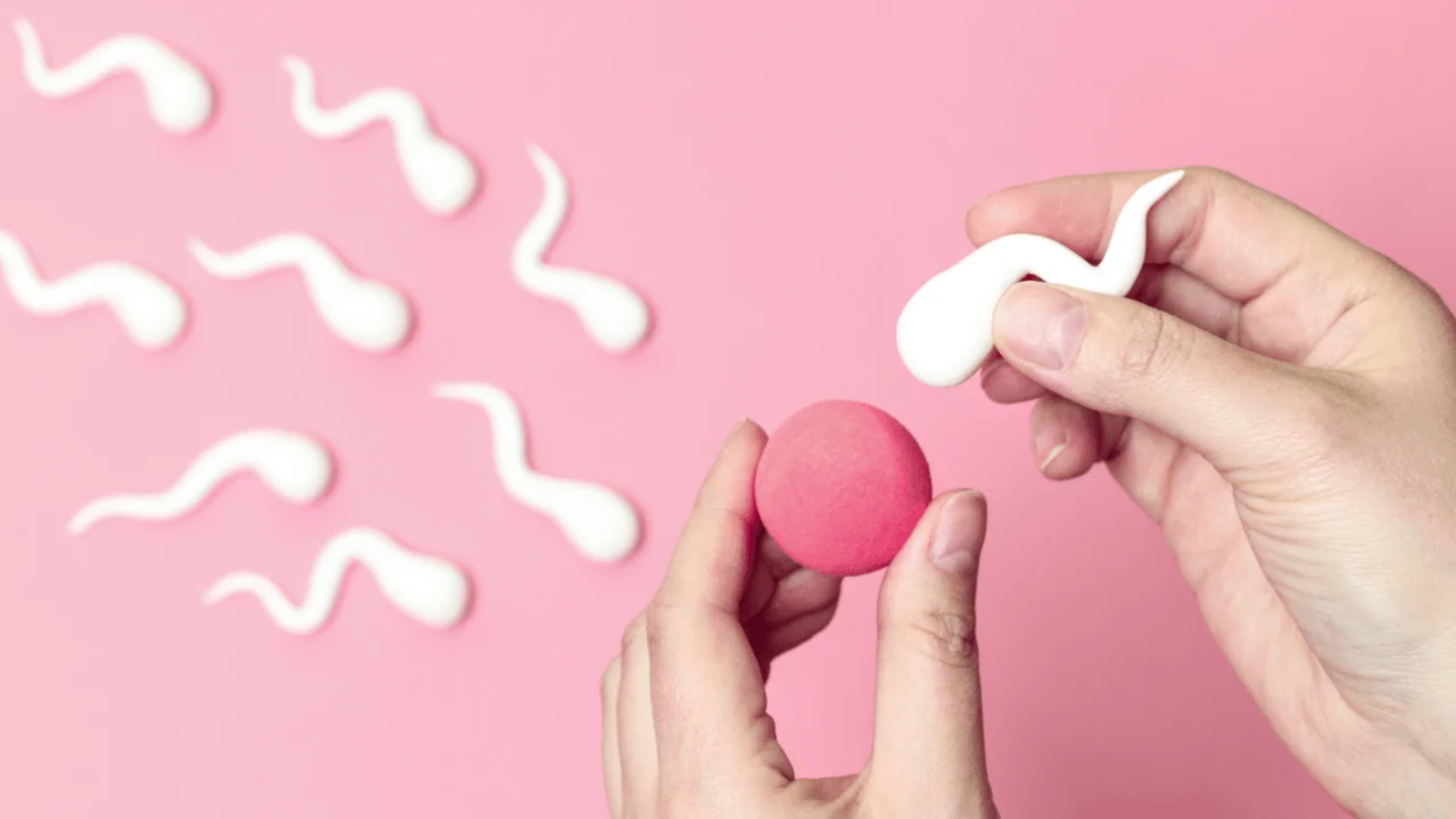
Boost Fertility. Looking for ways to boost your fertility naturally? There are a host of complementary and alternative medicine (CAM) techniques that may help you conceive.
IN THIS ARTICLE
If you’re looking for ways to up your chances of getting pregnant, it may be worthwhile to explore some natural fertility treatments.
Of course, most complementary and alternative therapies still aren’t as well studied as traditional fertility boosters — so they do come with caveats — but as long as you explore them responsibly and talk with your practitioner about which natural ways to boost fertility you’d like to try, holistic help may give your chances a lift.
Hypnosis
If images of a magician’s act come to mind when you think of hypnosis, then it’s time to reframe how you think about this form of trained concentration. Hypnosis is used to treat a range of conditions, such as anxiety, eating disorders and, yes, fertility.
Some experts think it can enhance fertility by promoting relaxation, which may help prime the body for baby-making — especially if stress or anxiety has been standing in the way of your pregnancy plans.
How does stress interfere with fertility? Stress creates a fight-or-flight response that tells the body to release hormones such as cortisol, which in turn upsets the hormonal balance needed for ovulation, fertilization and implantation of an egg.
It follows, then, that decreasing stress through hypnosis could boost fertility. But scientific research hasn’t yet established a solid link between hypnosis and increased fertility. If hypnosis sounds like something you might want to try, you can learn the technique with a therapist.
The caveats: Since there’s been little scientific research on hypnosis for fertility, it’s unclear whether it’ll be effective for you. You’d be smart not to pin your hopes on hypnosis, but that doesn’t mean you shouldn’t give it a try. It won’t harm you or your chances of getting pregnant. The worst-case scenario is that you commit some time and money getting spellbound to no avail.
ዮጋ
Yoga is an ancient spiritual practice that combines physical postures (asanas) with breathing techniques and meditation. Research shows that yoga can help boost fertility rates among women undergoing assistive reproductive technology (ART), possibly by lowering their stress levels and lowering levels of the hormone cortisol, which can interfere with your fertility.
Plus, yoga can also help people lose weight, which may also help get your body ready for baby. In fact, some fertility clinics have even introduced “fertility yoga” sessions to their agendas.
The caveat: If you do Bikram yoga, which takes place in a room that’s heated to between 95 and 105 degrees Fahrenheit, you might want to take your workout to a cooler room, which is safer for a developing fetus.
Keep in mind that there’s no evidence showing that yoga can boost your fertility directly. Struggling to conceive can be stressful, so practicing activities that promote relaxation, such as yoga, might help relieve some of that stress.
Stress relaxation techniques
Beyond hypnosis and yoga, other mind-body relaxation techniques such as meditation, guided visualization and talk therapy (one-on-one with a counselor or in a support group) can help relieve stress.
And since stress might interfere with fertility, any of these stress-busting methods may help you get in a baby-making frame of mind and body.
The caveats: While mind-body relaxation techniques are certainly a positive way to go, if you’re over 35 and you find that it’s taking you longer than six months to get pregnant, or you’re younger than 35 and you’ve been trying to conceive for longer than a year, you might want to talk with your practitioner about your options beyond natural fertility treatments.
You won’t want to delay finding other help that could get you on the baby bandwagon, even if you are lowering your stress levels while you wait.
Acupuncture
You probably know that acupuncture involves inserting tiny, thin needles into specific points in the body. But you may not know how it may help with what ails you.
According to traditional Chinese medicine, the needles unblock energy (or chi) and increase blood flow to promote a state of balance in the body. According to Western doctors, the needles stimulate the nervous system to release chemicals that help alleviate pain and promote healing. (MRIs even show that acupuncture has an effect in the brain.)
Where fertility is concerned, acupuncture may improve blood supply to reproductive organs, stimulate hormones, regulate ovulation and decrease stress — all of which may help increase your chances of getting pregnant.
For this reason, acupuncture is one of the most popular natural fertility treatments, and not just for women. For men, it may increase sperm quality and count.
Acupuncture can be a treatment in and of itself or it can be part of a holistic treatment plan that may include herbs, nutritional counseling or other holistic techniques.
The caveats: Experts debate the merits of acupuncture, and not all studies show that it’s effective on the fertility front. Plus, in order for it to have a chance at working, you’ll likely need to have regular acupuncture sessions, which can be pricey.
But if you’re willing to invest the time and money, it may be worth a shot (or a poke!). Just be sure to choose a reputable acupuncturist and discuss any herbal supplements with your practitioner.
Exercise
Exercise can help get your body in shape — baby-making-shape, that is. Women who do moderate amounts of physical activity can also see a small boost in their fertility levels, suggests some research.
Another reason it’s a good idea to start a workout regimen: Once you do get pregnant, exercise can lower your risk of complications like gestational diabetes and speed up your recovery after giving birth.
The caveat: It’s possible to have too much of a good thing — and exercise is no exception. Doing a lot of strenuous physical activity, such as five or more hours of high-intensity exercise, might actually make it harder to get pregnant, possibly because you may be sapping your body of the nutrition needed to conceive.
Weight management
About 12 percent of all infertility cases are the result of being under- or overweight, so it follows that keeping your weight within the recommended levels can boost your odds of reproductive success.
Women with a body mass index (BMI) of 18.4 or less might stop making the hormone estrogen, which can cause irregular menstrual cycles and hamper ovulation (i.e. the release of an egg from the ovary). Being overweight or obese (with a BMI of 25 or higher), however, could also cause your body to make more estrogen, which can likewise interfere with your period and prevent you from ovulating.
Weight gain is also one symptom of polycystic ovary syndrome (PCOS), a condition that affects about 1 in 10 women in their reproductive years and can interfere with fertility.
The caveat: Talk to your doctor before you try to lose — or gain — weight. The goal is to get your BMI within the healthy parameters safely, often by changing your diet or exercise habits.
Diet and nutrition
Need a good reason to shore up your diet pre-pregnancy? There’s solid evidence that eating a healthy diet can help you conceive.
Eating high-fiber foods, vegetable proteins and monounsaturated fats may be linked with a lower risk of infertility, according to a Harvard University study. Another bonus: Eating a healthy diet can help keep your weight in the recommended range, which can also boost your odds of baby-making success.
The caveat: There’s no magic diet that will help you get pregnant, but in general, it’s a good idea to eat more vegetables and healthy fats, while cutting back on sugary carbohydrates and trans fat.
Dark leafy greens are a particular good pre-pregnancy diet choice — experts tell women who are trying to conceive to start eating 400 micrograms (mcg) of folic acid for at least a month before trying getting pregnant.
Vitamins and supplements
Similar to how eating a healthy diet might help give your fertility levels a boost, getting enough of certain nutrients could potentially help you conceive.
For example, some research suggests that women who have a harder time getting pregnant might be lacking in certain nutrients, including vitamins D, B6 and B12. And taking antioxidants such as vitamins C and E might help boost fertility levels by strengthening your body’s defenses against harmful free radicals, which, in too-high amounts, could make it harder for you to ovulate or for egg cells to mature.
The caveat: If you’re already getting enough nutrients in your diet, popping more of them in pill form isn’t likely to give you more of a baby-making edge — and could even be harmful.
Plus, the Food & Drug Administration (FDA) doesn’t regulate herbal supplements in the same way it regulates medications, so you can’t always be sure that the contents in the bottle match up with those on the label. If you want to try a supplement, talk to your doctor first.
Chiropractic care
Some research indicates that chiropractic adjustment (the manipulation of the spine and other areas of the body) may enhance fertility. How? The nerves to the reproductive system run through the spine — and manipulating the spine may help improve hormone balance and improve the chances of getting pregnant.
The caveats: There’s no scientific evidence that chiropractic care can help with fertility, so there’s no guarantee that it will work. Plus, as you might imagine, chiropractic care could be dangerous in the hands of the wrong practitioner. Making spinal adjustments is a very tricky business, so you’ll want to be sure to get a referral to a reputable chiropractor.
Read more about















